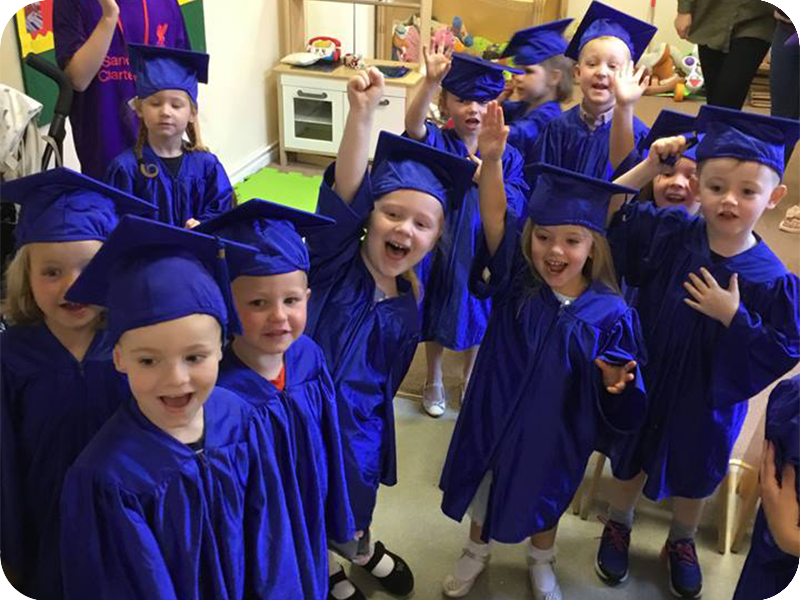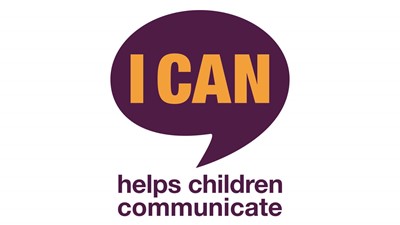Characteristics of effective learning


Here we properly outline the importance of identifying characteristics and behavioural patterns in a child, whilst implimenting such characteristics into a sufficient learing environment. At Dunky’s Day Nursery we understand that every child is completely different from the last, which means children learn and play in entirely different manors.
Hopefully these handy charts below will give parents a good insight into what makes Dunky’s tick and also how we manage and educate our children in a proper, cared for manner.
A unique child:
Observing how a child is learning
Positive relationships
What adults could do
Enabling Environments
What adults could provide
Playing and exploring engagem-ment
- Finding out and exploring
- Showing curiosity about objects, events and people
- Using senses to explore the world around them
- Engaging in open-ended activity
- Showing particular interests
- Playing with what they know
- Pretending objects are things from their experience
- Representing their experiences in play
- Taking on a role in their play
- Acting out exeriences with other people
- Being willing to ‘have a go’
- Initiating activities
- Seeking challenges
- Showing a ‘can do’ attitude
- Taking a risk, engaging in new experiences, and learning by trial and error
- Play with children. Encourage them to explore, and show your own interest in discovering new things.
- Help children as needed to do what they are trying to do, without taking over or directing.
- Join in play sensitively, fitting in with children’s ideas.
- Model pretending an object is something else, and help develop roles and stories.
- Encourage children to try new activities and to judge risks for themselves. Be sure to support children’s confidence with words and body language.
- Pay attention to how children engage in activities – the challenges faced, the effort, thought, learning and enjoyment. Talk more about the process than products.
- Talk about how you and the children get better at things through effort and practice, and what we all can learn when things go wrong.
- Provide stimulating resources which are accessible and open-ended so they can be used, moved and combined in a variety of ways.
- Make sure resources are relevant to children’s interests.
- Arrange flexible indoor and outdoor space and resources where children can explore, build, move and role play.
- Help children concentrate by limiting noise, and making spaces visually calm and orderly.
- Plan first-hand experiences and challenges appropriate to the development of the children.
- Ensure children have uninterrupted time to play and explore.
A unique child:
Observing how a child is learning
Positive relationships
What adults could do
Enabling Environments
What adults could provide
Active learning & motivation
Being involved and concentrating
Maintaining focus on their activity for a period of time
Showing high levels of engergy, fascination
Not easily distracted
Paying attention to details
Keeping on trying
Persisting with activity when challenges occur
Showing a belief that more effort or a different approach will pay off
Bouncing back after difficulties
Enjoying achieving what they set out to do
Showing satisfaction in meeting their own goals
Being proud of how they accomplished something – not just the end result
Enjoying meeting challenges for their own sake rather than external rewards or praise
Support children to choose their activities – what they want to do and how they will do it.
Stimulate children’s interest through shared attention, and calm over-stimulated children.
Help children to become aware of their own goals, make plans, and to review their own progress and successes.
Describe what you see them trying to do, and encourage children to talk about their own processes and successes.
Be specific when you praise, especially noting effort such as how the child concentrates, tries different approaches, persists, solves problems, and has new ideas.
Encourage children to learn together and from each other.
Children develop their own motiviations when you give reasons and talk about learning, rather than just directing.
Children will become more deeply involved when you provide something that is new and unusual for them to explore, especially when it is linked to their interests.
Notice what arouses children’s curiosity, looking for signs of deep involvement to identify learning that is intrinsically motivated.
Ensure children have time and freedom to become deeply involved in activities.
Children can maintain focus on things that interest them over a period of time. Help them to keep ideas in mind by talking over photographs of their previous activities.
Keep significant activities out instead of routinely tidying them away.
Make space and time for all children to contribute
A unique child:
Observing how a child is learning
Positive relationships
What adults could do
Enabling Environments
What adults could provide
Creating & thinking critically
- Having their own ideas
Thinking of ideas
Finding ways to solve problems
Finding new ways to do things - Making links
Making links and noticing patterns in their experience
Making predictions
Testing their ideas
Developing ideas of grouping, sequences, cause and effect - Choosing ways to do things
Planning, making decisions about how to approach a task,
solve a problem and reach a goal
Checking how well their activities are going
Changing strategy as needed
Reviewing how well the approach worked
- Use the language of thinking and learning: think, know,remember, forget, idea, makes sense, plan, learn, find out, confused, figure out, trying to do.
- Model being a thinker, showing that you don’t always know, are curious and sometimes puzzled, and can think and find out.
- Encourage open-ended thinking by not settling on the first ideas: What else is possible?
- Always respect children’s efforts and ideas, so they feel safe to take a risk with a new idea.
- Talking aloud helps children to think and control what they do. Model self-talk, describing your actions in play.
- Give children time to talk and think.
- Value questions, talk, and many possible responses, without rushing toward answers too quickly.
- Support children’s interests over time, reminding them of previous approaches and encouraging them to make connections between their experiences.
- Model the creative process, showing your thinking about some of the many possible ways forward.
- Sustained shared thinking helps children to explore ideas and make links. Follow children’s lead in conversation, and think about things together.
- Encourage children to describe problems they encounter, and to suggest ways to solve the problem.
- Show and talk about strategies – how to do things –
including problem-solving, thinking and learning. - Give feedback and help children to review their own
progress and learning. Talk with children about what they are doing, how they plan to do it, what worked well and what they would change next time. - Model the plan-do-review process yourself
- In planning activities, ask yourself: Is this an opportunity for children to find their own ways to represent and develop their own ideas? Avoid children just reproducing someone else’s ideas.
- Build in opportunities for children to play with materials before using them in planned tasks.
- Play is a key opportunity for children to think creatively and flexibly, solve problems and link ideas. Establish the enabling conditions for rich play: space, time, flexible resources, choice, control, warm and supportive relationships.
- Recognisable and predictable routines help children to predict and make connections in their experiences.
- Routines can be flexible, while still basically orderly.
Plan linked experiences that follow the ideas children are really thinking about. - Use mind-maps to represent thinking together.
- Develop a learning community which focuses on how and not just what we are learning.





